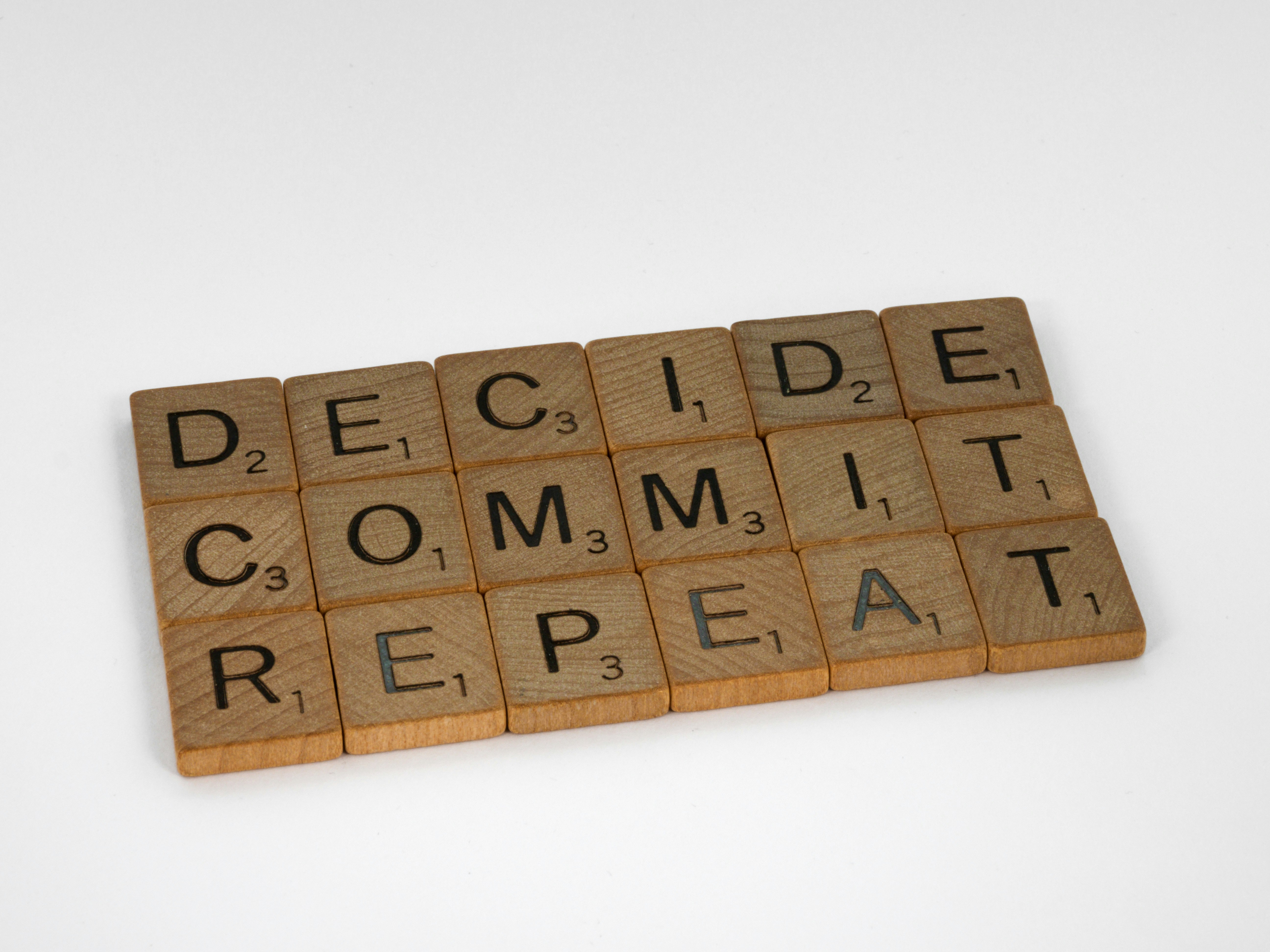The CA Thingy

Stop the Ping-Pong: How to Reduce Back-and-Forth with Clients by 70%
May 24, 2025
You don’t need 27 messages to get one document. Endless back-and-forth with clients isn’t just frustrating—it kills productivity. In this blog, we’ll show you tools, templates, and habits that help you communicate clearly and collect inputs faster.
1. Use Intake Forms for Standard Requests
- Instead of asking “Send your documents,” use structured Google Forms or Typeforms.
- Pre-list required items and make it checklist-based for the client.
- This prevents confusion and makes it easier for them to comply in one go.
2. Batch Your Communication Windows
- Reply to client messages at fixed times instead of reactively all day.
- Let clients know when to expect responses (e.g., “We reply between 12–2 PM daily”).
- This sets boundaries while keeping expectations clear.
3. Use Shared Dashboards or Trackers
- Stop repeating updates via WhatsApp or email.
- Use Google Sheets, Notion, or client portals to share real-time progress and pending items.
- This reduces “just checking” messages and increases transparency.
4. Create Reusable Templates for Common Replies
- Most queries are repetitive—bank statement format, invoice format, etc.
- Create saved replies or help docs you can share instantly.
- This saves mental energy and speeds up response time.
5. Set Communication Rules During Onboarding
- Let clients know your preferred channels (email, portal, etc.).
- Define working hours and turnaround times upfront.
- This builds mutual respect and minimizes chaos from day one.
Final Thoughts
- You don’t need to be “always on” to be responsive.
- Smart systems create clarity for both sides—and save hours every week.
- The less you chase, the more you can actually deliver. Fix the ping-pong now.